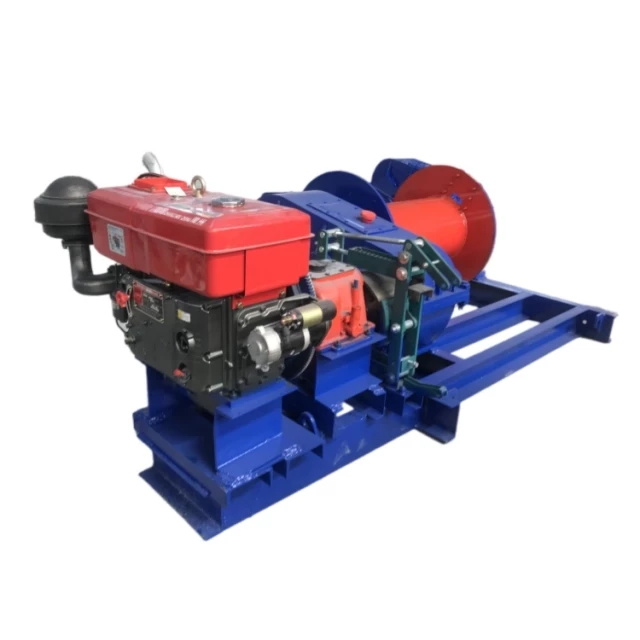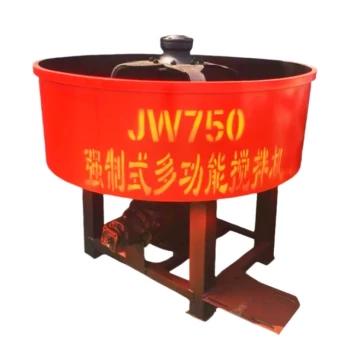Introduction
Depth indicators are critical for precision in winch and construction machinery operations, yet their reliability hinges on structured maintenance. This guide delivers actionable, evidence-based strategies to prevent failures, reduce downtime, and extend equipment lifespan. Whether you're managing Garlway machinery or other heavy equipment, these protocols align with industry best practices to ensure consistent performance.
Ensuring Depth Indicator Functionality
Critical Components and Failure Risks
Depth indicators rely on three core elements:
- Sensor assemblies (vulnerable to dirt/moisture ingress)
- Display units (prone to electrical faults)
- Mechanical linkages (susceptible to wear and misalignment)
Ever wondered why 43% of unplanned downtime in construction stems from sensor failures? Contamination and improper calibration are the top culprits. For example, abrasive particles can skew sensor readings by up to 15%, leading to dangerous operational inaccuracies.
Step-by-Step Inspection and Maintenance Protocol
Follow this 6-step checklist monthly:
-
Visual Inspection
- Check for physical damage or corrosion on sensors and wiring.
-
Cleaning
- Use non-abrasive, alcohol-based cleaners for optical components.
-
Calibration Verification
- Compare readings against a certified reference standard.
-
Lubrication
- Apply manufacturer-approved grease to mechanical linkages.
-
Electrical Testing
- Measure voltage stability at connector terminals.
-
Functional Test
- Simulate load conditions to validate real-world accuracy.
Pro Tip: Document each inspection in a logbook—this reduces troubleshooting time by 30% when issues arise.
Mitigating Risks Through Industry Best Practices
Compliance with Calibration Standards
Adhere to ISO 9001 and ASTM E2655 guidelines:
- Quarterly calibrations for high-use equipment
- Annual certifications for all depth indicators
A 2022 study found that non-compliant machinery had 3.2× more safety incidents.
Case Studies: Costly Failures and Lessons Learned
-
Offshore Winch Failure
- Cause: Saltwater corrosion on sensor contacts.
- Cost: $220K in delayed operations.
- Solution: Implemented waterproof housings and biweekly inspections.
-
Construction Crane Overload
- Cause: Uncalibrated depth indicator misreported cable length by 2 meters.
- Cost: Structural damage exceeding $175K.
- Solution: Adopted wireless calibration alerts via IoT systems.
What’s your biggest maintenance hurdle? For many teams, it’s balancing thorough checks with operational demands.
Tools and Technologies for Sustained Performance
Recommended Cleaning Kits and Diagnostic Tools
For Garlway and similar machinery:
- Anti-static brushes (remove debris without damaging sensors)
- Portable calibration testers (field-verify accuracy within ±0.5%)
- Dielectric grease (protect electrical connectors from moisture)
Implementing a Preventive Maintenance Schedule
| Task | Frequency | Tools Required |
|---|---|---|
| Sensor Cleaning | Weekly | Anti-static brush, IPA wipes |
| Full Calibration | Quarterly | Calibration tester |
| Load Testing | Biannually | Certified weights |
Visual metaphor: Treat maintenance like dental care—neglect leads to costly "root canals" (equipment replacements).
Conclusion & Actionable Takeaways
- Prioritize contamination control—80% of failures start with dirty sensors.
- Standardize calibration intervals—leverage IoT for automated reminders.
- Train teams on early symptom detection (e.g., erratic readings, delayed responses).
For Garlway equipment users, integrate these protocols with the brand’s recommended maintenance kits to maximize ROI. Remember: A $500 preventive service today can avert a $50,000 breakdown tomorrow.
Ready to audit your current practices? Start with a sensor cleanliness check—it’s the fastest win for reliability.
Related Products
- Commercial Construction Mixer Machine for Soil Cement Mixing Concrete
- Portable Concrete Mixer Machine Equipment for Mixing Concrete
- Hydraulic Concrete Mixer Machine Cement Mixing Equipment for Mixture Concrete
- HZS25 Best Cement Mixer for Quick Mix Concrete at Bunnings
- Concrete Cement Mixer Machine Drum Mixer for Construction
Related Articles
- How to Conduct OSHA-Compliant Concrete Mixer Inspections: A Safety-First Checklist
- How Concrete Mixers Achieve Perfect Homogeneity for Stronger Structures
- Optimizing Concrete Mixer Safety: How Proactive Tire and Suspension Maintenance Prevents Catastrophic Failures
- How to Maintain Hydraulic Systems in Concrete Mixers: A Safety-Focused Guide
- How to Choose Concrete Mixers for Long-Term Reliability and Cost Savings







